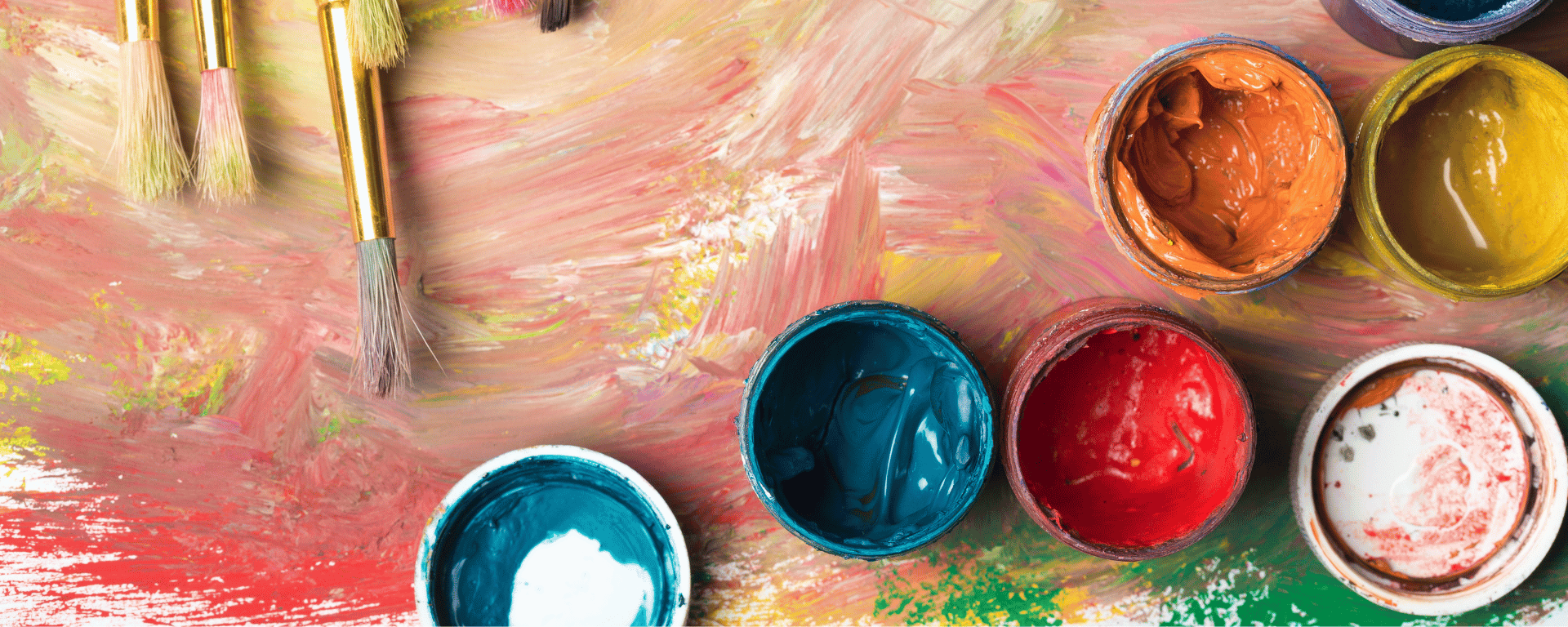Colors, dear musicians and songwriters, hold a remarkable power in our craft. They possess the ability to conjure emotions, shape moods, and embody profound concepts. In this blog, let us delve into the meanings behind some of the most common colors, and discover how we can use the art of color in songwriting.
Red:
The vibrant red exudes passion, love, and fiery energy. It also carries the weight of anger, danger, and aggression.
Green:
Green resonates with nature’s tender embrace, growth, and the cycles of renewal. Green can also infer envy or greed. So whether green may evoke the beauty of untouched landscapes or tell us of a jealous emotion, it is up to you to decide.
Blue:
Blue is a serene pool of serenity, peace, and ethereal calm. It can also be shadows of sadness, loneliness, and the abyss of despair as a color in songwriting.
Black:
Black represents mystery and darkness in most songs. It beckons forth thoughts of death, evil, and the shades of sorrow. It can serve as an essence of mystery, or as a vessel to portray the powerful emotion of loss.
White:
White, the embodiment of purity, innocence, and clarity. It can mean the beauty of unspoiled innocence, or capture the essence of purity.
Pink:
Gentle pink, a color associated with femininity, love, and the playfulness of youth. Use pink to establish a sweet, innocent romance, or to get in touch with your feminine side.
Yellow:
Yellow is seen as a beacon of happiness, boundless optimism, and effervescent energy. In our songs, yellow radiates warmth, illuminating the hearts of listeners.
Purple:
Purple is seen as a cloak of opulence, royalty, and commanding authority. It can also present mystery, spirituality, and boundless creativity.
In closing, the realm of color symbolism unlocks a myriad of possibilities to sway the mood and tone within our songs. By wielding the lyrical tool of color in songwriting, we may craft melodies that resonate with profound emotions. May the music flow!

